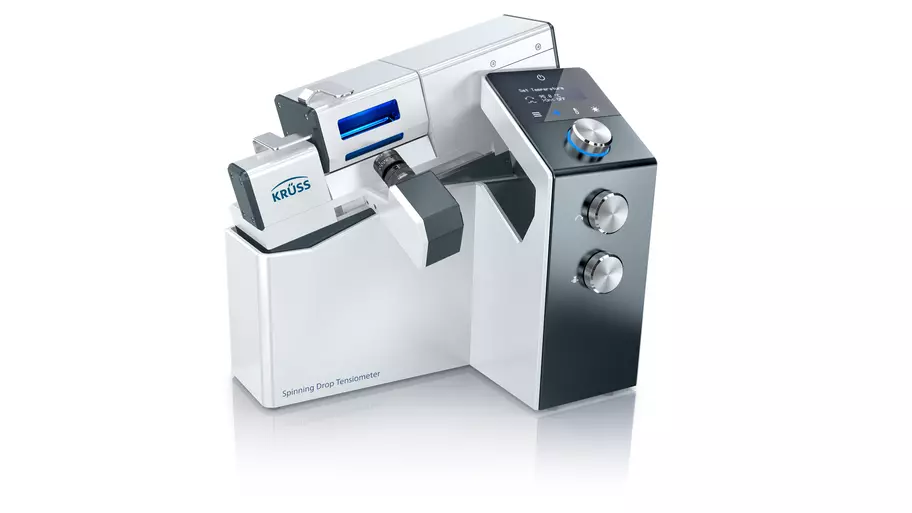Advanced Interfacial Tension Measurement for Industry Applications
The SDT Spinning Drop Tensiometer is a state-of-the-art solution for measuring interfacial tension with unrivaled precision, offering a broad operational range that extends to exceptionally low values. This instrument is vital for the quality control and development of emulsions and surfactants, featuring immense versatility, minimal sample volumes, and straightforward preparation processes. Its effectiveness is particularly pronounced in the study of mini- and microemulsions’ interfacial behavior, making it an indispensable tool for applications in enhanced oil recovery (EOR), as well as the pharmaceutical and cosmetics industries.
Key Applications and Features
Designed to cater to a diverse range of applications, the SDT excels in: development of emulsions and microemulsions\\; surfactant flooding for EOR\\; formulations in pharmaceuticals and cosmetics\\; enhancement of drug bioavailability\\; food emulsions research\\; and surfactant research. It offers precise interfacial tension measurement through advanced methodologies like the diameter or curvature of a drop in a rotating capillary, with the capacity for repeat measurements displayed collectively for comprehensive analysis.
Innovative Design and Functionality
The SDT combines a high-resolution camera and a motor with exceptional speed stability, eliminating the need for manual measurement observation through intelligent software. Innovations in sample preparation and temperature control streamline operation, while its award-winning design ensures user safety and ease of use. Embodying ergonomics and efficiency, the SDT sets new standards in the field of interfacial tension measurement.

